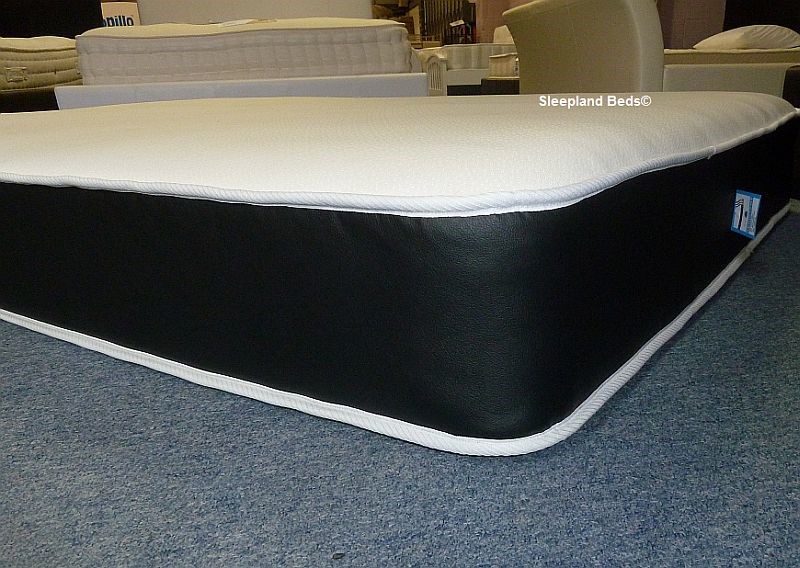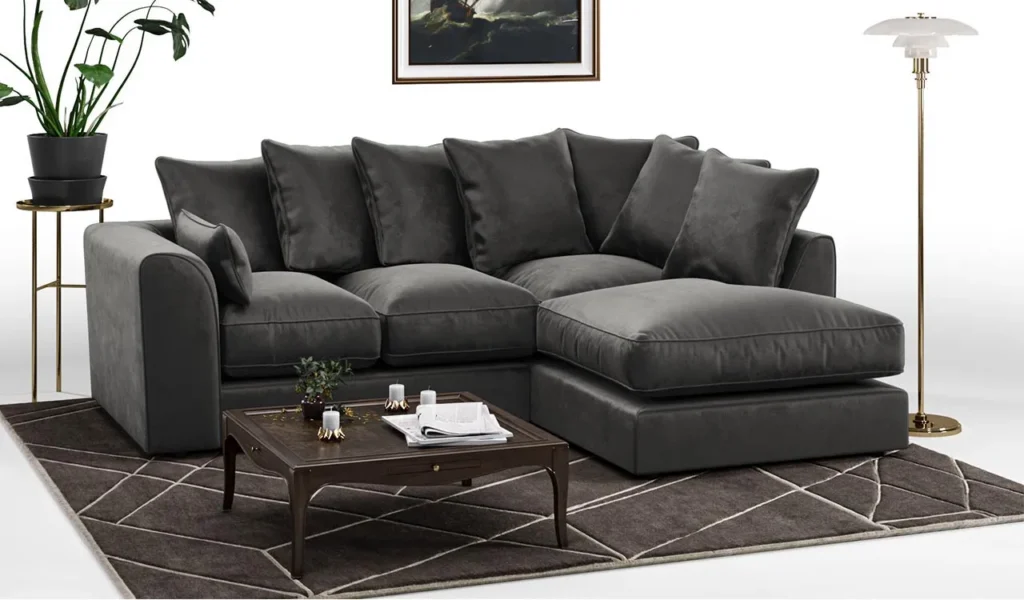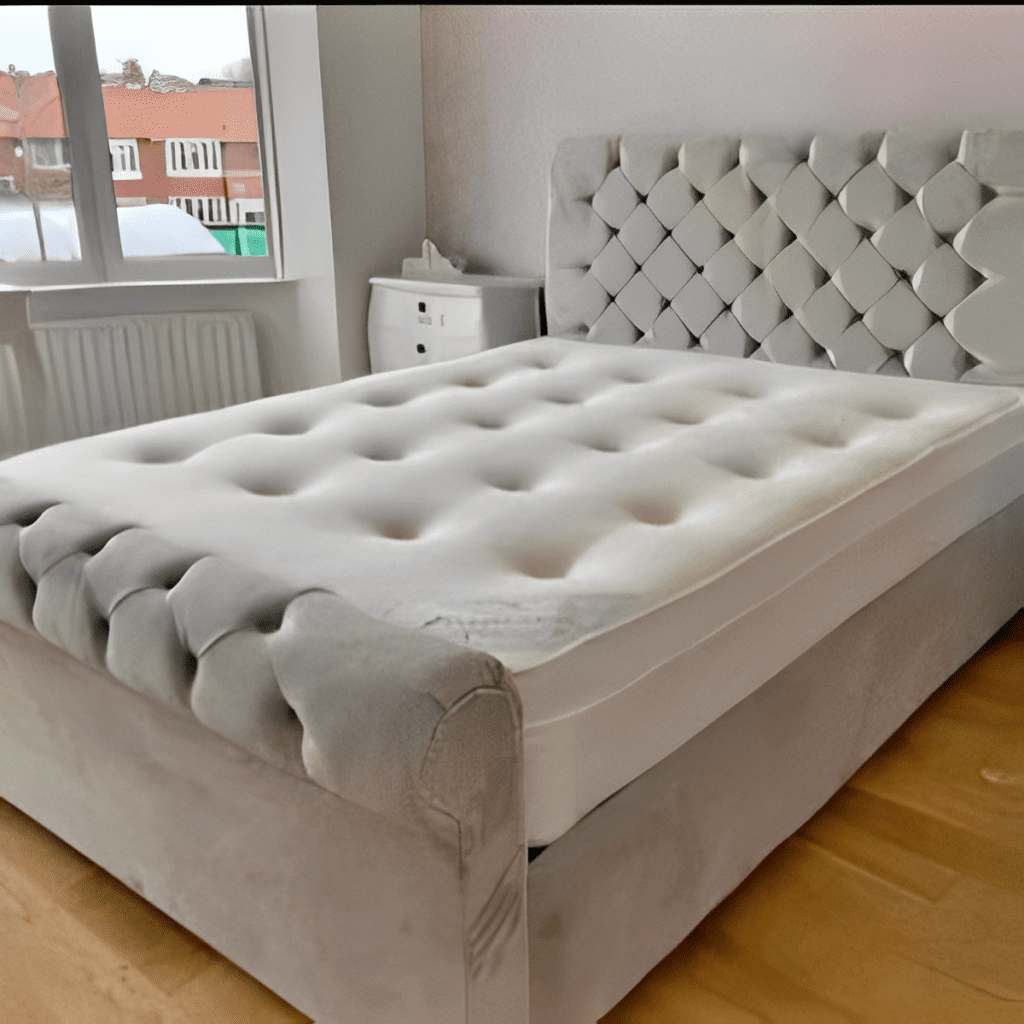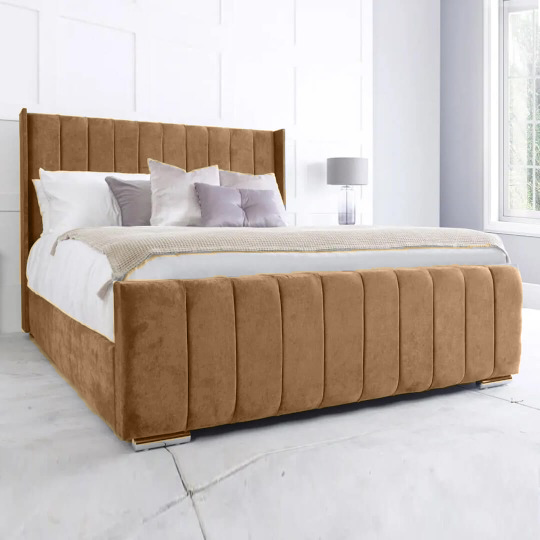
Memory foam mattresses have revolutionized the bedding industry with their unique ability to contour to the body’s shape, providing personalized support and comfort. This comprehensive guide explores various aspects of full memory foam mattresses, including their design, material quality, comfort, health benefits, durability, maintenance, and overall value for money. By the end of this review, you will have a thorough understanding of what makes a full memory foam mattress a desirable choice for many sleepers.
1. Design and Construction of Memory Foam
Layers of Memory Foam
A typical full memory foam mattress consists of multiple layers of foam, each designed to serve a specific purpose. These layers usually include:
- Top Comfort Layer: This is the primary layer of memory foam that provides the initial softness and pressure relief. It contours to the body, offering personalized support.
- Transition Layer: Often made of a slightly firmer foam, this layer acts as a bridge between the softer top layer and the denser base layer, ensuring smooth transitions and additional support.
- Support Core: The base layer is made of high-density foam, providing overall stability and support to the mattress. It ensures durability and helps maintain the mattress’s shape over time.
Breathability and Cooling Technologies
Memory foam mattresses are known for their heat retention properties, but modern designs incorporate cooling technologies to mitigate this issue. These technologies include:
- Gel-Infused Memory Foam: Gel particles are infused into the foam to enhance its cooling properties by dissipating heat.
- Open-Cell Foam: This structure allows better airflow through the mattress, preventing heat buildup and promoting a cooler sleeping environment.
- Phase Change Materials (PCM): These materials can absorb and release heat to maintain a consistent sleeping temperature.
2. Material Quality
Types of Memory Foam
Memory foam comes in various types, each with distinct characteristics:
- Traditional Memory Foam: Known for its excellent contouring and pressure relief, this foam provides a classic memory foam feel but can retain heat.
- Gel Memory Foam: Enhanced with gel particles, this foam offers better cooling and temperature regulation while retaining the contouring properties of traditional memory foam.
- Plant-Based Memory Foam: Made with a portion of natural plant oils, this foam is more eco-friendly and offers improved breathability and responsiveness compared to traditional memory foam.
Density and ILD
The quality of memory foam is often determined by its density and Indentation Load Deflection (ILD):
- Density: Measured in pounds per cubic foot (PCF), higher density foams (4-5 PCF) are more durable and offer better support but can be heavier and more expensive.
- ILD: This measures the firmness of the foam. Lower ILD values indicate softer foam, while higher values indicate firmer foam. A balanced ILD ensures a good mix of comfort and support.
3. Comfort and Support
Contouring and Pressure Relief
One of the primary benefits of a memory foam mattress is its ability to contour to the body’s shape, providing personalized support and pressure relief. This helps in reducing pressure points, particularly around the shoulders, hips, and lower back, leading to a more comfortable sleeping experience.
Motion Isolation
Memory foam mattresses excel in motion isolation, making them an ideal choice for couples. The foam absorbs and minimizes motion transfer, ensuring that movement on one side of the bed does not disturb the sleeper on the other side.
Firmness Levels
Full memory foam mattresses are available in various firmness levels, catering to different sleeping preferences:
- Soft: Best for side sleepers who need extra cushioning for their shoulders and hips.
- Medium: Ideal for back sleepers and combination sleepers, offering a balance of support and comfort.
- Firm: Suitable for stomach sleepers and those who need extra support to prevent sinking too deeply into the mattress.
4. Health Benefits
Spinal Alignment
The contouring properties of memory foam help maintain proper spinal alignment by supporting the natural curves of the body. This can reduce the risk of back pain and promote better posture.
Hypoallergenic Properties
Memory foam is naturally resistant to dust mites and allergens, making it a good choice for people with allergies or asthma. Additionally, many memory foam mattresses come with hypoallergenic covers to further enhance their suitability for sensitive sleepers.
5. Durability and Longevity
Lifespan of Memory Foam Mattresses
A high-quality full memory foam mattress can last between 7 to 10 years, depending on the density of the foam and how well it is maintained. Higher-density foams tend to be more durable and retain their supportive properties longer.
Maintenance Tips
To extend the lifespan of a memory foam mattress, consider the following maintenance tips:
- Use a Mattress Protector: This helps protect the mattress from spills, stains, and dust mites.
- Regularly Rotate the Mattress: Rotating the mattress every 3-6 months ensures even wear and prevents sagging.
- Keep it Clean: Vacuum the mattress surface regularly and spot clean stains with mild detergent and water.
6. Price and Value for Money
Cost Factors
The cost of a full memory foam mattress can vary widely based on several factors:
- Foam Density: Higher density foams are more expensive due to their durability and support.
- Thickness: Thicker mattresses with more layers typically cost more.
- Cooling Technologies: Mattresses with advanced cooling technologies like gel infusion or PCM can be more expensive.
- Brand Reputation: Established brands with a reputation for quality and customer service often command higher prices.
Evaluating Value
When evaluating the value of a memory foam mattress, consider its overall comfort, support, durability, and any additional features like cooling technologies or hypoallergenic properties. Investing in a higher-quality mattress can lead to better sleep and long-term savings, as it will not need to be replaced as frequently.
7. Customer Reviews and Feedback
Positive Experiences
Many customers praise memory foam mattresses for their comfort, pressure relief, and motion isolation. Reviews often highlight improved sleep quality and reduced back pain as significant benefits.
Common Complaints
Some common complaints include heat retention and a “stuck-in-the-bed” feeling due to the foam’s contouring properties. However, advancements in cooling technologies and the availability of different firmness levels have addressed many of these concerns.
Conclusion
A full memory foam mattress offers a unique combination of comfort, support, and durability, making it a popular choice for many sleepers. Its ability to contour to the body, provide personalized support, and minimize motion transfer are significant advantages. When choosing a memory foam mattress, consider factors such as foam density, cooling technologies, and your preferred firmness level to find the best fit for your needs. With proper maintenance, a high-quality memory foam mattress can provide years of restful sleep and health benefits.






